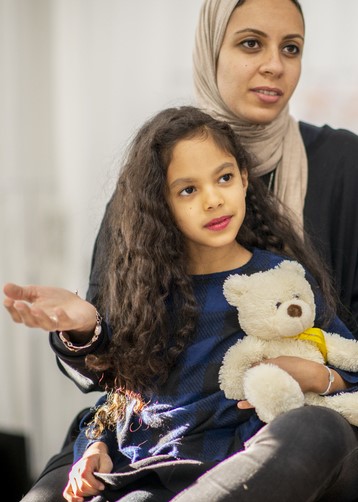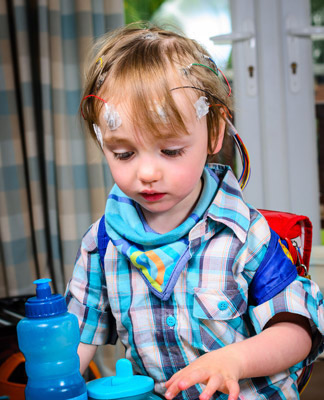Epilepsy course


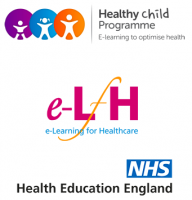
This more advanced session will give you an understanding of childhood epilepsies and epilepsy care, so you will have the knowledge and confidence to make a positive difference to a child living with the condition and understand your role in the child’s ongoing care.
Learning objectives
By the end of this session you will be able to:
- Explain what epilepsy, seizures and epileptic seizures are
- Identify the different types of epileptic seizures and how they are diagnosed
- Describe the epidemiology of epilepsy and its impact on school-age children
- Outline the care pathway for the treatment of undiagnosed epilepsies
This session uses self assessments that help you check what you have learnt. You do not have to use them and your answers are not seen by anyone else.
Before commencing this session you should complete:
- HSC session Non-epileptic Attack Disorders (411-017)
Kirsten is the Roald Dahl Sapphire Epilepsy Nurse Specialist at King’s Mill Hospital, Mansfield, where she has worked since 2007.
She has 25 years’ experience in paediatric nursing, a Diploma in Child Nursing (Nottingham University, 1992) and a Diploma in Epilepsy Care (Leeds Metropolitan University, 2006).
Kirsten enjoys being part of the paediatric service at KMH and is committed to continuing to provide high quality care for children and young people with epilepsy and their families.
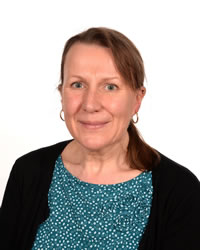
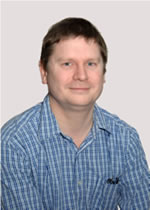
Dr Colin Dunkley was appointed as consultant paediatrician in 2005. He trained in Leeds and Nottinghamshire and completed an epilepsy fellowship in 2004 at Great Ormond Street Hospital, London. He works at King’s Mill and Newark hospitals and holds monthly teenage clinics at Queen’s Medical Centre, Nottingham.
Colin maintains his expertise in general paediatrics, neurodisability and epilepsy. He is the paediatric lead for audit, guidelines and clinical governance and chair of the Children’s Epilepsy Workstream in Trent and Epilepsy12 National Audit. He is also content development manager for the British Paediatric Neurology Association Paediatric Epilepsy Training Courses.
- Anaesthesia | Learning Resources for RCoA Airway L...
- Posted By eIntegrity Healthcare e-Learning
- Posted Date: 2025-02-21
- Location:Online
- This session will enable you to recognize the available tracheostomy tubes and choose the appropriate tracheostomy tube for a given setting.
- Anaesthesia | Learning Resources for RCoA Airway L...
- Posted By eIntegrity Healthcare e-Learning
- Posted Date: 2025-02-21
- Location:Online
- This session will define the indications, contra-indications and complications of percutaneous tracheostomy in the intensive care setting.
- Anaesthesia | Learning Resources for RCoA Airway L...
- Posted By eIntegrity Healthcare e-Learning
- Posted Date: 2025-02-21
- Location:Online
- Post extubation airway difficulties occur relatively frequently. These have the potential to cause morbidity and mortality, especially if managed poorly. The aim of this session is to recognize and manage airway complications that may occur following extu
- Anaesthesia | Learning Resources for RCoA Airway L...
- Posted By eIntegrity Healthcare e-Learning
- Posted Date: 2025-02-21
- Location:Online
- This session examines three variations of the classic laryngeal mask airway (LMA Classic® or cLMA): the intubating LMA (ILMA®), the flexible LMA (LMA Flexible® or FLMA) and the LMA Pro-Seal® (or PLMA). It co
- Anaesthesia | Learning Resources for RCoA Airway L...
- Posted By eIntegrity Healthcare e-Learning
- Posted Date: 2025-02-21
- Location:Online
- This session introduces the three gases and vapours that are commonly used for induction of anaesthesia: sevoflurane, halothane and nitrous oxide. The relationship between the physical properties of the agents, how the agents build up in the lungs during

